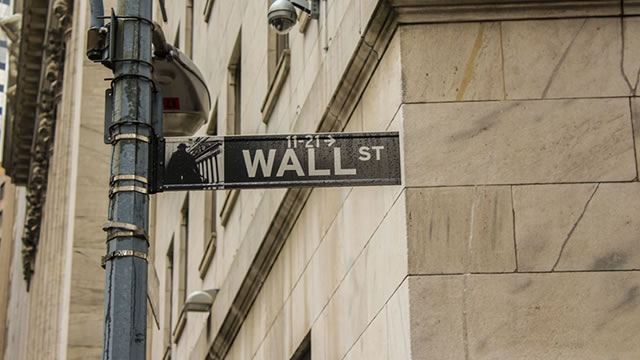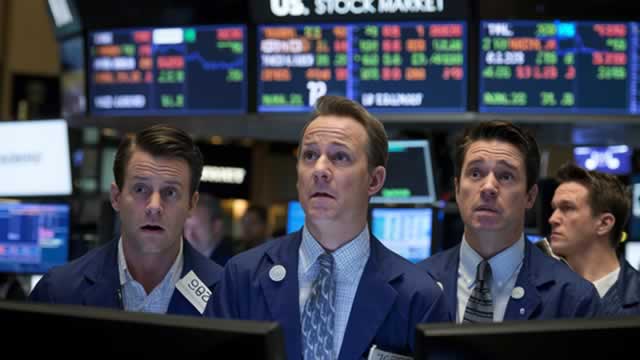Stocks on the Brink of Correction: Insights from Goldman Sachs
The stock market has been on a rollercoaster ride in recent weeks, with the S&P 500 and the Nasdaq Composite experiencing significant volatility. One of the major reasons behind this turbulence is the ructions in the options market, according to Scott Rubner, a Goldman Sachs specialist. In a note obtained by Reuters on Thursday, Rubner shed some light on the current state of the market and what investors can expect moving forward.
Rising Volatility in the Options Market
The options market has been a major source of uncertainty for stock traders in recent times. According to Rubner, the market has seen a notable increase in both implied and realized volatility. He explained that this heightened volatility is due to several factors, including geopolitical tensions, economic data releases, and the ongoing COVID-19 pandemic.
Impact on Wall Street Stocks
The increased volatility in the options market has led to concerns about a potential correction in the stock market. Rubner noted that the CBOE Market Volatility Index (VIX), a popular measure of market volatility, has risen above the 20 level, which is considered a significant threshold. He went on to say that this level of volatility could lead to a sell-off in stocks, particularly in sectors that have been performing well, such as technology and healthcare.
- Technology stocks have been particularly vulnerable to market volatility due to their high valuations and heavy dependence on economic growth.
- Healthcare stocks have also seen significant gains in recent months, and any correction in this sector could have a ripple effect on other sectors, such as biotech and pharmaceuticals.
Global Implications
The potential correction in Wall Street stocks is not just an issue for domestic investors. Rubner pointed out that the global interconnectedness of financial markets means that developments in the US can have far-reaching implications. He noted that European and Asian markets have already started to feel the effects of the volatility in the US, with many indices experiencing significant declines.
- European markets, such as the FTSE 100 and the DAX, have been hit hard by the sell-off in tech stocks.
- Asian markets, such as the Nikkei 225 and the Hang Seng Index, have also seen declines, with investors becoming increasingly risk-averse.
What Does This Mean for Investors?
Given the current state of the market, Rubner advised investors to be cautious and focus on defensive sectors, such as utilities and consumer staples. He also recommended that investors consider hedging their positions by buying put options or investing in volatility-linked ETFs.
Conclusion
The ructions in the options market have raised concerns about a potential correction in Wall Street stocks. With the CBOE Market Volatility Index (VIX) above the 20 level, investors are bracing for a sell-off, particularly in sectors such as technology and healthcare. The global interconnectedness of financial markets means that developments in the US can have far-reaching implications, with European and Asian markets already feeling the effects. Investors are advised to be cautious and focus on defensive sectors, while also considering hedging their positions.
The current market conditions highlight the importance of staying informed and being prepared for volatility. As always, it’s crucial to consult with a financial advisor or investment professional before making any major investment decisions.





